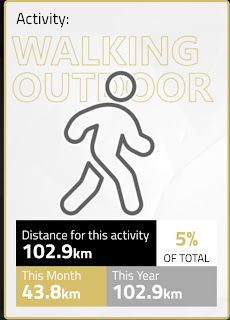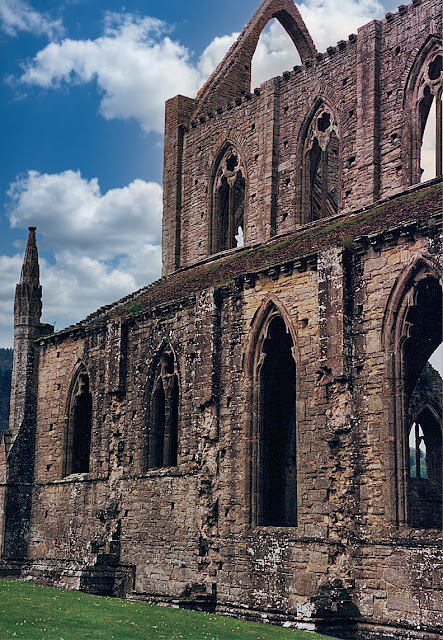I was early.
I had more than an hour to kill and, because we're in a province-wide lockdown, because I was in one of the hottest zones in the province, I needed to find a place to go where I could keep a distance from people. I suppose I could have found a place to park and could have just sat in my car for that hour or so, but I had already sat behind the wheel for more than four and a half hours, was going to spend another four and a half to five hours behind it some more, for the return journey.
I needed to get some circulation through my veins, needed fresh air in my lungs.
I headed to the lake.
I can't remember the last time that I looked out onto Lake Ontario; I mean, really looked out and admired its vastness. Years. Perhaps, as many as 10, when we took our kids to the top of the CN Tower, in Toronto.
So I headed south, from where I was to help my eldest kid move out of her residence, and kept going until I hit the lake. I had never been to this part of the lake before, and driving through the center of Oakville, you would have never known that we were in the third wave of a global pandemic. The main street was abuzz of shoppers. Sidewalks were crowded and very few masks were adorned outdoors.
This is why Ontario is as bad as it is. This is why we will have record hospitalizations and deaths. This is why a fourth wave is guaranteed.
I was tempted to stay in my car but I wanted to check out the park on the shore of Lake Ontario. If it was crowded, I wouldn't get out.
I found a small parking lot and was lucky to find a vehicle pulling out of a spot at an end that was close to a footpath. I was able to back in such that I could exit my vehicle without another car being able to park next to me.
The wind was blowing in from the lake. Though it was sunny, a haze prevented me from seeing across to the Niagara Peninsula. Looking to the east, along the waterway, the Toronto skyline was a dull, almost-invisible silhouette. Looking west, the trees came right to the shore and blocked any chance of seeing Burlington.
To my relief, Tannery Park was not packed. There were plenty of pathways on which I could keep my distance. While not everyone was wearing a mask, about half of the visitors to where the Sixteen Mile Creek empties into the vast lake had their faces covered.
Though I passed a couple of unmasked people, I was covered and I gave at least three metres of space between us and I always made sure that when I passed people, I was up-wind.
Most of the time, I was no closer than five metres: often, I was much, much farther away.
A long pier, upon which a modern lighthouse indicated the mouth of a small harbour, extended out more than a hundred metres. I stood on the breakwater boulders that made up the opposite side to the mouth of the harbour.
I only had my smartphone on me. I hadn't planned to stop and take pictures. But because this was the first time in about a decade that I had really looked out to Lake Ontario, I wanted to capture something.
I wanted to remember that no matter how long we're locked down, there are still things that will be waiting for us when we can travel safely.
Happy Friday! Also, stay home: stay safe.


















































